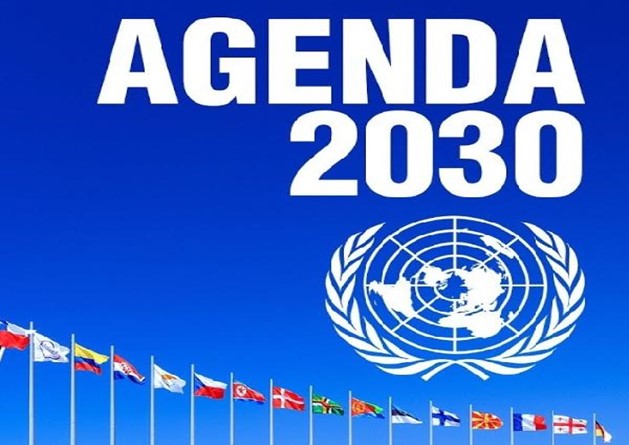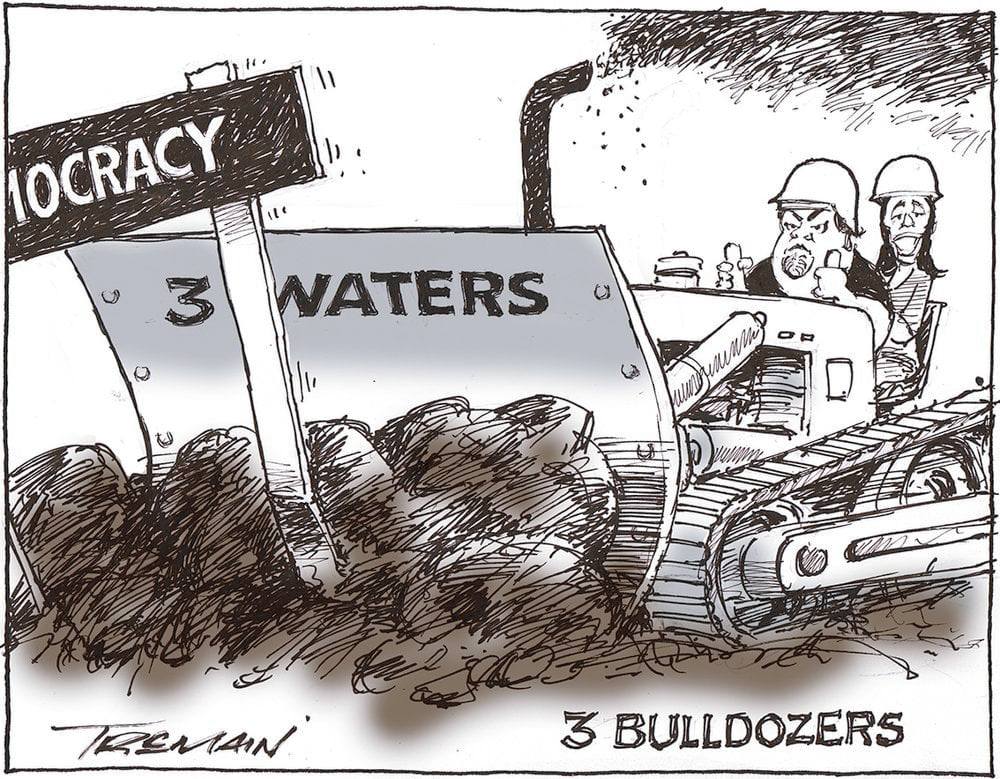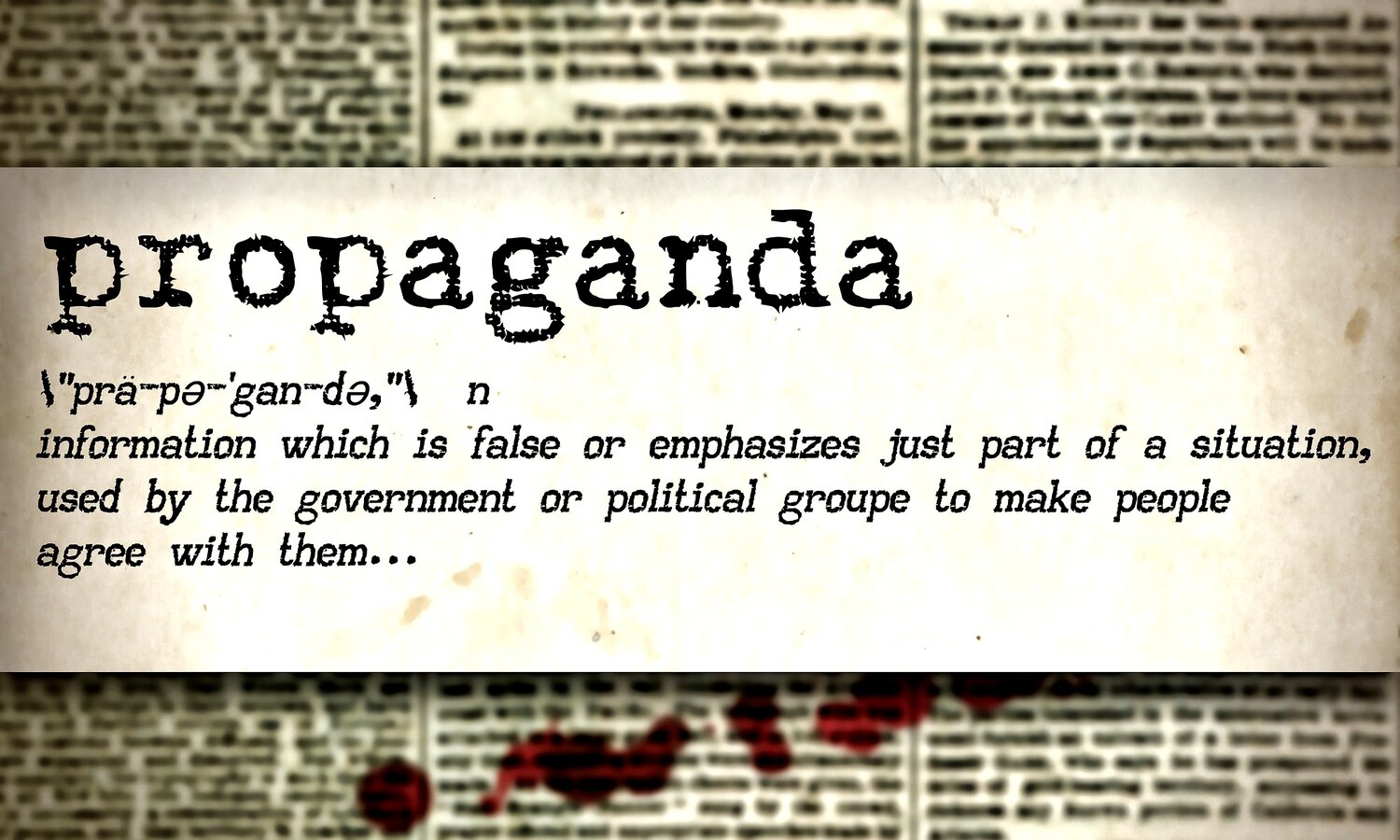
IWI RIGHTS AND INTERESTS ‘UN AGENDA 2030’ GLOBAL DEVELOPMENT GOALS
BRIEFING NOTE ‘INDIGENOUS PEOPLES RIGHTS AND 2030’ SEPTEMBER 2017
Indigenous key priorities and specific references in UN Agenda 2030. The SDGs explicitly include indigenous peoples. Two of the SDG targets make specific references to indigenous peoples, committing to double agricultural output of indigenous small-scale farmers and to ensure equal access to education for indigenous children.
There is also a strong commitment in the 2030 Agenda to empower and engage indigenous peoples in implementing and reviewing progress in achieving the goals. In addition, the proposed global list of indicators5 to measure progress on the SDGs includes several indicators that indigenous peoples had called for, including indicators that measure income of indigenous small-scale food producers and indigenous peoples’ access to education.
The proposed indicator to measure secure land rights makes an important reference to “type of tenure” which can capture the dimension of collective land rights which is central to indigenous peoples’ collective relationship to their lands, territories and resources.
Of particular relevance is also the indicator on peoples’ perception of discrimination based on prohibited grounds of discrimination in international human rights law, which could be used to trace progress on indigenous peoples’ experiences of discrimination.
The global indicator list constitutes a practical starting point, while Member States have expressed a need for further methodological development and improvement of data availability, which at a global level will be taken forward by the Inter-Agency Expert Group on SDG 6 .
Further, national statistical offices will now be developing national indicator frameworks, where it is essential to advocate for inclusion of the relevant global indicators as well as call for additional indicators of relevance to indigenous peoples in the local context.
Where to find the references to indigenous peoples in the 2030 Agenda resolution (A/RES/70/1) • Empowerment, engagement and education of indigenous peoples (Preamble: paragraphs 23, 25 and 52) • Ending hunger through sustainable agriculture (SDG2 , target 2.3) • Ensuring access to education for indigenous peoples (SDG4, target 4.5) • Indigenous peoples’ participation in follow-up and review
Disaggregation of data: To ensure that no one is left behind, the 2030 Agenda calls for States “to increase significantly the availability of high-quality, timely and reliable data disaggregated by income, gender, age, race, ethnicity, migratory status, disability, geographic location and other characteristics relevant in national contexts” (target 17.18). Data-disaggregation according to indigenous or ethnic identity across all sustainable development goals must also be included to monitor progress for indigenous peoples. A critical priority at national level is therefore to ensure that data disaggregation includes “indigenous identifiers” (for instance language or self-identification in official statistics to capture the inequalities indigenous peoples face across all the sustainable development goals. Furthermore, the adoption of a human rights-based approach to data is essential, including respecting self-identification.
Land rights, poverty and hunger The sustainable development goals could contribute to securing indigenous peoples’ control over their land, territories and resources. The SDG targets, for instance, recognise the importance of equal rights to economic resources as well as equitable sharing of benefits arising from genetic resources and traditional knowledge. In addition, the 2030 Agenda’s emphasis on promotion of resilient and sustainable agricultural practices and maintenance of seed diversity are consistent with efforts to promote for food security and poverty eradication amongst indigenous peoples. Yet, land is not merely an economic asset for indigenous peoples. It is defining element for their identity, culture and their relationship to their ancestors and future generations. There is a need for recognition of indigenous land tenure systems as well as of the situation of indigenous nomadic and semi-nomadic communities. To secure indigenous peoples’ land rights.
It is essential that the 2030 Agenda implementation is taking in to account the principle of free, prior and informed consent and adequate consultations related to indigenous peoples’ lands and development priorities, as referred to in the United Nations Declaration on the Rights of Indigenous Peoples.
Find the relevant targets: • Equal rights to economic resources (SDG1, target 1.4) • Promotion of resilient and sustainable agricultural practices (SDG2, target 2.3 and 2.4) • Maintenance of seed diversity (SDG2, target 2.5) • Equitable sharing of benefits from traditional knowledge (SDG2, target 2.5) Social Security, health and education
LINK: https://www.ohchr.org/sites/default/files/Documents/Issues/IPeoples/BriefingPaperIPRights2030Agenda.pdf
-
-
Monday - August 7, 2023 - UN AGENDA 2030
(11)




Leave a Comment